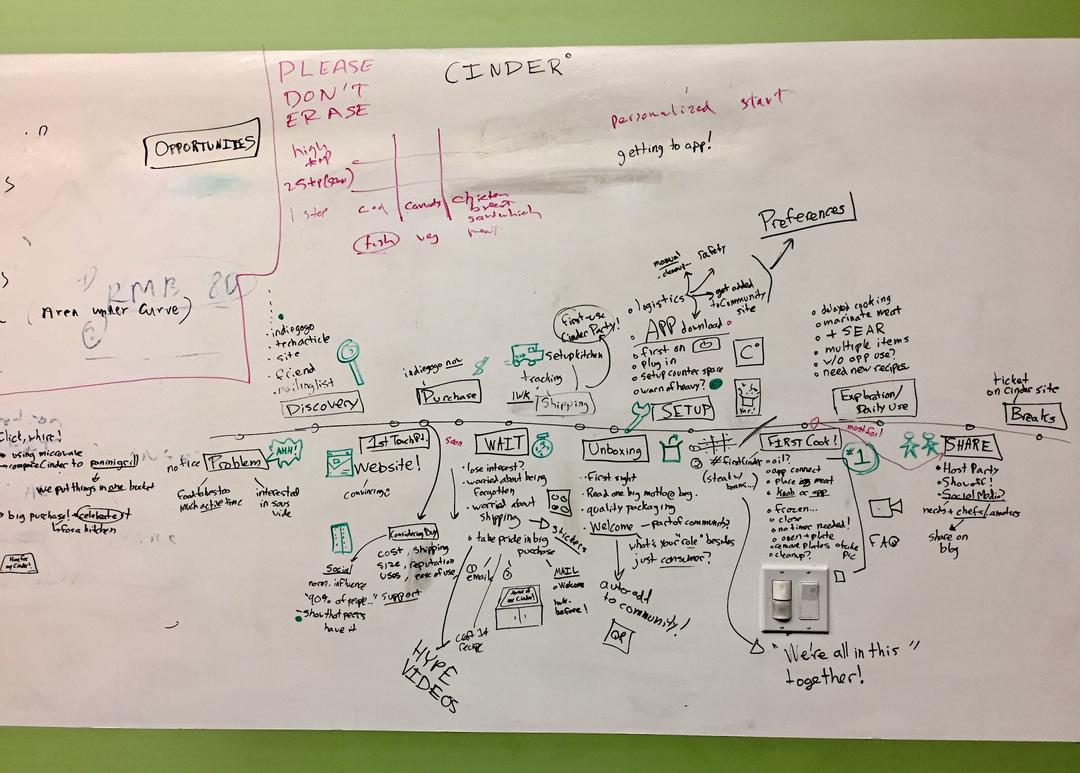
This is an ongoing collection of my thoughts on designing for the spaces around us. Although not a part of my core design practice, it is a lens that a constantly see through in crafting experiences. Below are a few principles and the projects that brought them to life.
Certain senses are overplayed or neglected in different cultures. The impacts on memory and delight of visual versus auditory stimuli are very different and therefore require more intentional design. In

This project above was called Biryaniria, a pop-up dinner named after the popular South Indian rice dish, Biryani. It wa not only an exercise in culinary ability and organization but in space and experience design. Speaking about the Multisensory: every table had a beautiful pice of wood picked from nature, incense that filled the room with a homey smell, crayons and butcher paper allowed guests to express themselves creatively, and they were encouraged to eat with their hands on topp of that.
It can be hard to define what makes an "experience" or even worse, what makes an experience "good." In my own design practice I think that a successful experience centers around understanding where people are at (emotionally, mentally, physically...) at different moments in which they interact with your offering. Specifically, I see designing for moments as being intentional about how you create touch points for your users by fully understanding their "journey maps" even long before and after the experience.

This project above was in understanding the full customer experience for a sous vide hardware startup called Cinder. After we had established a solid, working product, we wanted to create an experience that early adopters would want to tell their friends about. This involved thinking about the onboxing moment, the waiting time period, and the returning procedure.
Since I came to Stanford, I have kept a list (https://bit.ly/2OP6Sxz) of the rituals I observed around me that affected my notion of community. Although not recently updated, I am constantly thinking about rituals as a way to enact a set of values, to form and unite a culture, and to onboard new people to a community. I have found myself at the center of many established or new organizations from the Stanford Robotics Club to an R&D team at IDEO; these places provide me with wonderful blank slates that are just begging someone to introduce rituals to. Long story short, I have been working on ritual design in an ad-hoc way for many years and am excited to finally meet a group of people who share the same passion and bring some formalization and practice to this domain.